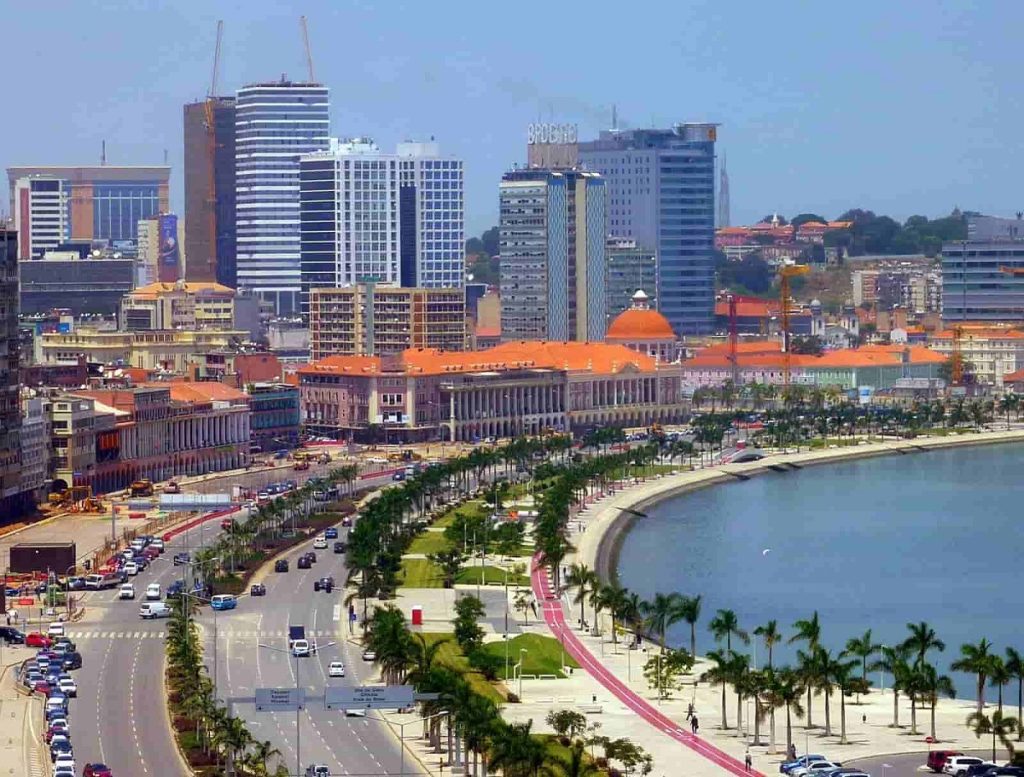According to a report by The Economist Intelligence Unit (EIU), Africa will become the fastest-urbanising region in the world by 2035. The population of six African cities will exceed ten million, fuelled by the rapid growth of the younger generation.
The report states that Luanda in Angola and Dar es Salaam in Tanzania will join other megacities with over 10 million residents, such as Cairo, Kinshasa, Lagos, and Greater Johannesburg.
By then, Africa will have 100 cities with more than one million residents and 17 urban areas with over five million people.
Addis Ababa is expected to grow at an average annual rate of 10.6% while Kampala, Dar es Salaam, and Abidjan will grow at an average yearly rate of 9% or more.
Africa’s urban population is projected to hit one billion by 2035, a significant increase from about 650 million last year.
The report states that East Africa will lead in urban growth, followed by Central and West Africa.

Rapid urbanisation—projected to see over half of Africans living in cities by 2035—is set to birth new business opportunities, wealth and energy.
However, the report adds that “Overcrowding, informal settlements, high unemployment, poor public services, stretched utility services and exposure to climate change are just some of the major challenges that city planners will have to grapple with.”
The EIU said “megalopolises in the making” include a 370-mile (600km) stretch of west Africa’s coast from Abidjan, in Ivory Coast, east through Ghana, Togo and Benin to Lagos, in Nigeria, which “could become one of the world’s largest urban corridors by 2035”, with more than 50 million people.
Other potential megacities mentioned include Cairo and Alexandria in Egypt; Johannesburg and Pretoria in South Africa; a “Great Lakes city hub” encompassing Nairobi in Kenya and Kampala in Uganda; and clusters in Morocco and Algeria.


